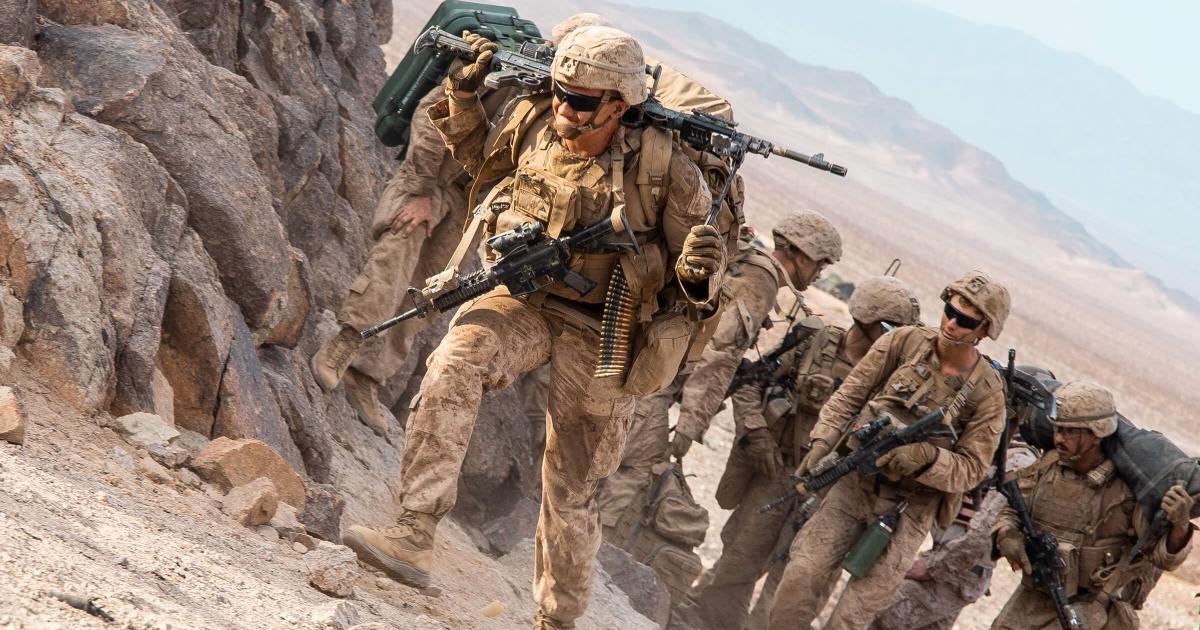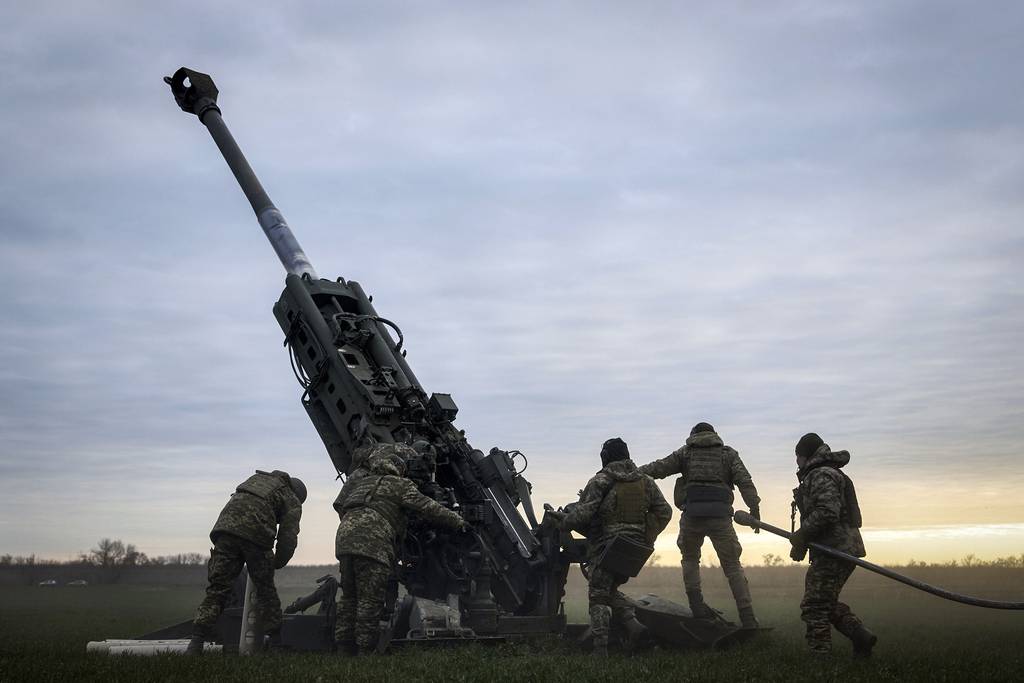- Joined
- 27 September 2006
- Messages
- 6,417
- Reaction score
- 6,816
This is potentially a highly political theme and so taboo. .But I think that it is possible to stick to examining the equipment of the US and likely opponents based on what we have learned during 45 years of Cold War and thirty years of regional conflicts in which the US became embroiled.
Starting with the strategic deterrent. The US has maintained its Triad of USAF bombers and ICBMs with USN ballistic missile submarines. No other country has deployed and refined the same weapons over so many years. B52 and Minuteman date from the 1960s while the Ohio class submarines are forty years old. Even the B2 bombers are thirty years old.
These four weapons systems are all considerably improved and maintained. They remain as effective as any system deployed in similar quantities elsewhere.
The B52 for example may seem ancient, but Russia has the similarly venerable Tu95 while China still uses a derivative of the shorter ranged Tu16.
General purpose forces are similarly long lived.
The core of the USN consists of Nimitz class carriers dating in some cases back to the 70s and 80s while AEGIS cruisers and destroyers mainly come from the 80s and 90s. The SSN force still relies on Los Angelles class boats with much fewer Seawolf and Virginias have been added. The F18 remains the main combat type with F35 now deploying. But again the US has no competition in the nuclear carrier field and its SSN remain quieter and more effective than those of Russia and China.
The USAF has relied on the F15/F16 combo since the 1970s with a few F22 added in the 90s.. The F35 will replace some but not all. Despite small numbers of Russian and Chinese stealth fighters entering service these Air Forces rely on quantity rather than quality of combat aircraft.
The US Army and US Marines have fielded the M1 Abrams for many years but so far no tank has emerged with the capability of the M1. Russia and China still rely on large numbers of less effective tanks.
The USA still relies on the massive investment it made in developing systems during the Cold War. China is the only power with the economic clout to try and match the USA though Russia does have technological skills in designing systems.
The US lead can be eroded by emerging technologies and more imaginative use of weapons like drones and missiles.
The aircraft carrier has been consistently misunderstood and focussed on since WW2. Highly visible in peace time as a symbol of force they have been useful in limited wars around the world but their survival in general war has always been expected to be short lived whether by torpedo or missile.
Starting with the strategic deterrent. The US has maintained its Triad of USAF bombers and ICBMs with USN ballistic missile submarines. No other country has deployed and refined the same weapons over so many years. B52 and Minuteman date from the 1960s while the Ohio class submarines are forty years old. Even the B2 bombers are thirty years old.
These four weapons systems are all considerably improved and maintained. They remain as effective as any system deployed in similar quantities elsewhere.
The B52 for example may seem ancient, but Russia has the similarly venerable Tu95 while China still uses a derivative of the shorter ranged Tu16.
General purpose forces are similarly long lived.
The core of the USN consists of Nimitz class carriers dating in some cases back to the 70s and 80s while AEGIS cruisers and destroyers mainly come from the 80s and 90s. The SSN force still relies on Los Angelles class boats with much fewer Seawolf and Virginias have been added. The F18 remains the main combat type with F35 now deploying. But again the US has no competition in the nuclear carrier field and its SSN remain quieter and more effective than those of Russia and China.
The USAF has relied on the F15/F16 combo since the 1970s with a few F22 added in the 90s.. The F35 will replace some but not all. Despite small numbers of Russian and Chinese stealth fighters entering service these Air Forces rely on quantity rather than quality of combat aircraft.
The US Army and US Marines have fielded the M1 Abrams for many years but so far no tank has emerged with the capability of the M1. Russia and China still rely on large numbers of less effective tanks.
The USA still relies on the massive investment it made in developing systems during the Cold War. China is the only power with the economic clout to try and match the USA though Russia does have technological skills in designing systems.
The US lead can be eroded by emerging technologies and more imaginative use of weapons like drones and missiles.
The aircraft carrier has been consistently misunderstood and focussed on since WW2. Highly visible in peace time as a symbol of force they have been useful in limited wars around the world but their survival in general war has always been expected to be short lived whether by torpedo or missile.


